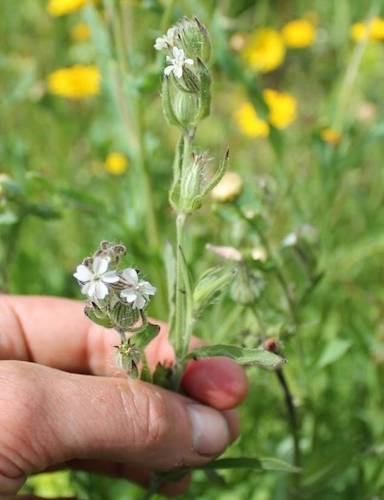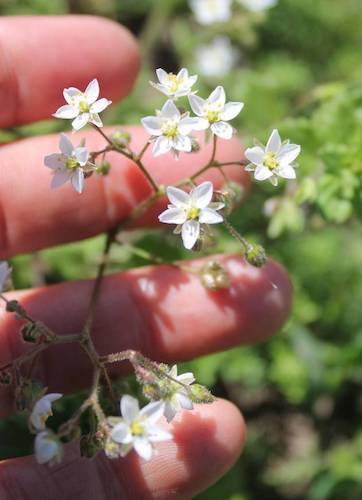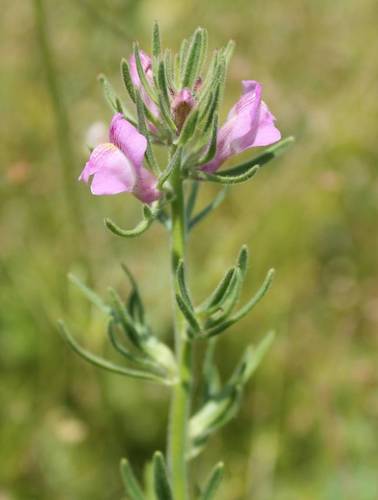The mild end to 2016 has allowed many plants to keep flowering deep into winter, despite the short hours of daylight. This photo, taken in December near Coverack on the Lizard, is of Corn Marigold, still going strong on the Winter Solstice! Corn Marigold is an arable weed; a rather unexciting name for a group of very interesting plants.
Weeds are plants that take advantage of disturbed ground, and arable weeds have, over millennia, learned to profit from Man’s new habit of farming. Arable weeds grow alongside our crops, flowering, setting seed and hitching a ride with the harvest, and the next crop sown. This arable weed way of life was proving very fruitful for these wild native flowers, like poppies, cornflowers and marigolds, which could be so numerous that they became the bane of farmers’ lives. That is until the last 60 years or so, during which time many arable weeds have gone from commonplace, to threatened, due to agricultural intensification, especially the use of herbicide and artificial fertilisers. In Britain, 54 species of arable weed are rare or threatened, and 7 are extinct in an arable setting. Arable flora, according to Plantlife, is the most threatened group of plants in the UK today, and no fewer than 48 subtly different weed communities have been identified nationally, reflecting soil, aspect and climate.
The Lizard couldn’t escape these national trends, and our arable flora is only a shadow of what it once must have been. But look closely, and we still have a few gems, scattered widely over farms from Coverack, to Lizard, and Penrose Estate. Autumn barley stubbles can throw up a few of these rarer arable weeds, as can fields growing vegetables. The Lizard’s most significant arable weed is the nationally endangered small flowered catchfly Silene gallica, which is indeed small flowered compared to its near and much showier relatives, red and sea campion. 
Small Flowered Catchfly
Three red list vulnerable arable weeds also occur on the Lizard, corn marigold, corn spurrey and the lovely named weasel’s snout, also called lesser snapdragon. Field woundwort, classified as near threatened, is also found.
 |
|
| Corn Spurrey | Weasels Snout |
The Trust is working hard with local botanists, to gain a better understanding of what species occur where on our farmland, and with our tenants, to ensure that management is suitable. Often this management is supported by agri-environment schemes, such as Higher Level Stewardship low input cereal and overwintered stubbles options.
Given such arable weeds have clung with us for so many centuries, it seems only fair that, although we cannot turn the clock back or recreate what has been lost, we at least do all we can to ensure that the rare farmland weeds we have in our care on the Lizard today are safely passed on to the next generation.
Published: Jan 2017
Author: Rachel Holder (Area Ranger, NT)

